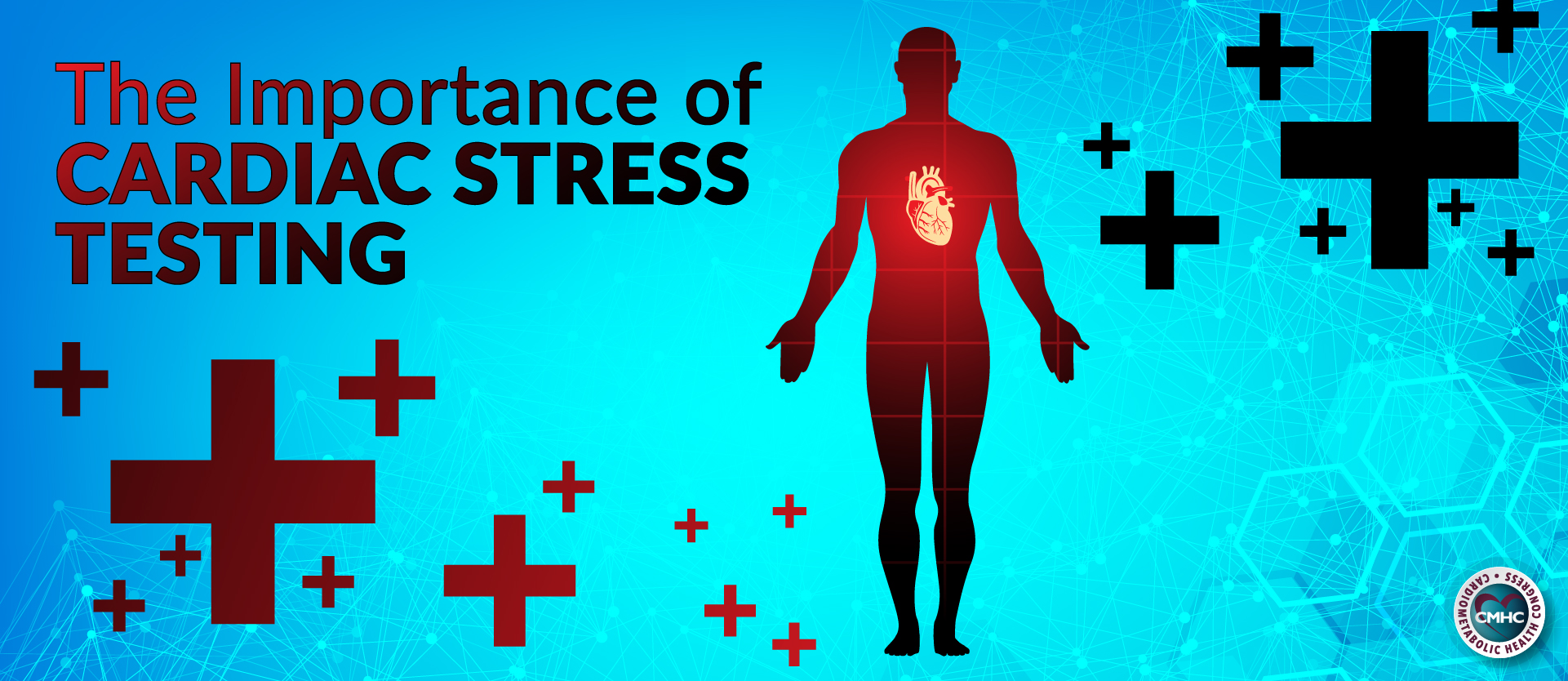Exercise stress tests demonstrate how the heart works during physical activity & stress. Because exercise makes the heart pump both harder and faster, exercise stress tests—or cardiac stress testing—can ultimately reveal problems with the heart’s blood flow. Designed to determine if one or more of the coronary arteries feeding the heart contain fatty deposits, or plaques, that block a blood vessel more than 70%, the tests can prove highly valuable for patients that exhibit specific risk factors and features. Stress tests can also detect any abnormal changes in heart rate or blood pressure, symptoms including shortness of breath or chest pain, and abnormal changes in the heart’s rhythm or electrical activity.
Dr. Deepak Bhatt, a professor of medicine at Harvard Medical School, chief of cardiology for the VA Boston Healthcare System, and CMHC faculty member, provides insight into what an exercise stress test can reveal about the heart: asserting that the procedure can play a critical role in diagnosing alarming symptoms like chest pain, particularly in populations with higher risk factors for heart disease. Dr. Bhatt states, “An exercise stress test is not 100% accurate—no medical test is…but it helps decide what the next step should be.”
How does a stress test work?
During a stress test, you walk on a treadmill or pedal on a stationary bicycle as an electrocardiogram (EKG) monitors the heart’s electrical rhythms through electrodes on the chest, legs, and arms; the electrodes have wires that record the electrical signals triggered by heartbeats. A cuff on the arm checks blood pressure during the test, and you are often asked to breathe into a tube to show how effectively you can breathe during exercise. As the test progresses, the exercise becomes more difficult—and you continue to exercise until your heart rate has reached a set target, or you develop symptoms that do not allow you to continue.
What information can doctors glean from a stress test?
Abnormal stress tests can point to a higher risk of coronary artery disease (CAD) for men with symptoms like chest pain during activity, or unexplained shortness of breath. Stress tests can become particularly worrisome for populations with higher risk factors including increased cholesterol, older age, and being overweight or obese. Yet Dr. Bhatt reinforces that a “normal” stress test cannot rule out the chance that a plaque will later rupture and block an artery, given that stress testing detects arteries that are severely narrowed: 70% or more, which is what causes initial symptoms. Heart attacks often occur from lesser blockages that ultimately rupture and form clots.
When should people consider stress tests?
The U.S. Preventive Services Task Force, an independent panel that makes general recommendations to physicians, counsels clinicians not to routinely offer exercise stress testing to patients without symptoms of strong risk factors for CAD, and physician groups including the American College of Cardiology support this guidance. Dr. Bhatt states that “the guidelines leave a lot to physician judgement, because we’re sometimes in a gray zone where we don’t really know what’s the ‘right’ thing to do for everyone.” Moreover, if you have recently been diagnosed with coronary heart disease (CHD) or experienced a heart attack, stress tests can indicate whether or not an exercise program would be harmful.
SOURCES
https://www.mayoclinic.org/tests-procedures/stress-test/about/pac-20385234
https://www.nhlbi.nih.gov/health-topics/stress-testing
https://www.health.harvard.edu/heart-disease-overview/cardiac-exercise-stress-testing-what-it-can-and-cannot-tell-you


















